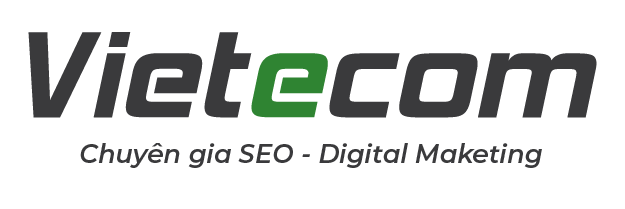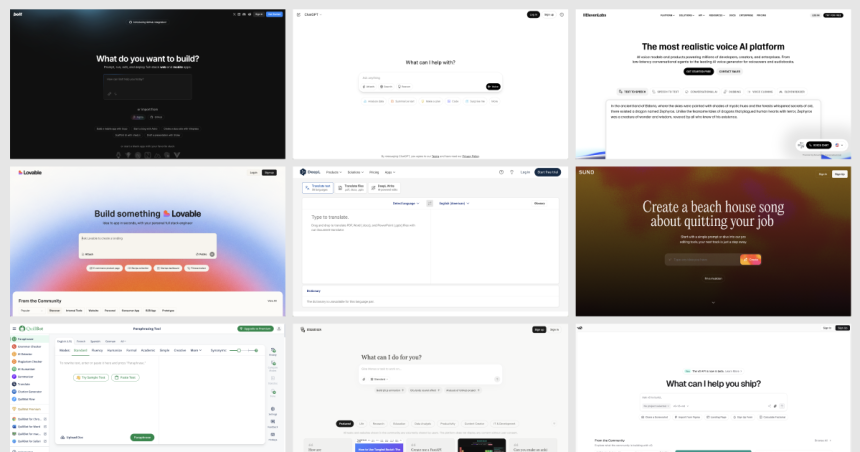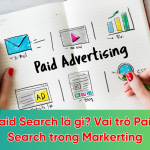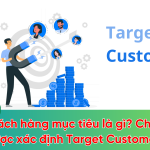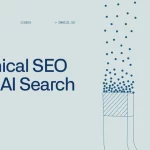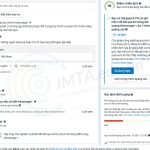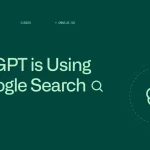The rise of AI tools has rapidly changed user expectations. Instead of long sales cycles, gated demos, or friction-heavy free trials, users today expect to test tools instantly and see real-time output – directly from the homepage.
This shift has reshaped product-led growth (PLG), especially in AI SaaS. The new formula is simple: give value first, convert later.
Instead of “Sign up to try,” today’s fastest-growing AI startups flipped the script: “Use the product right now. No login. No setup.” Companies like ChatGPT, Bolt.new, Lovable.so, Perplexity AI, and ElevenLabs all structure their websites to deliver immediate, ungated value. The results speak for themselves – rapid user acquisition, short time-to-value, and revenue scaling in weeks, not years.
This article breaks down the core mechanics of this new value-first PLG model, compares it to traditional SaaS growth strategies, and analyzes how some of the world’s fastest-scaling AI tools structure their user flows to deliver value instantly.
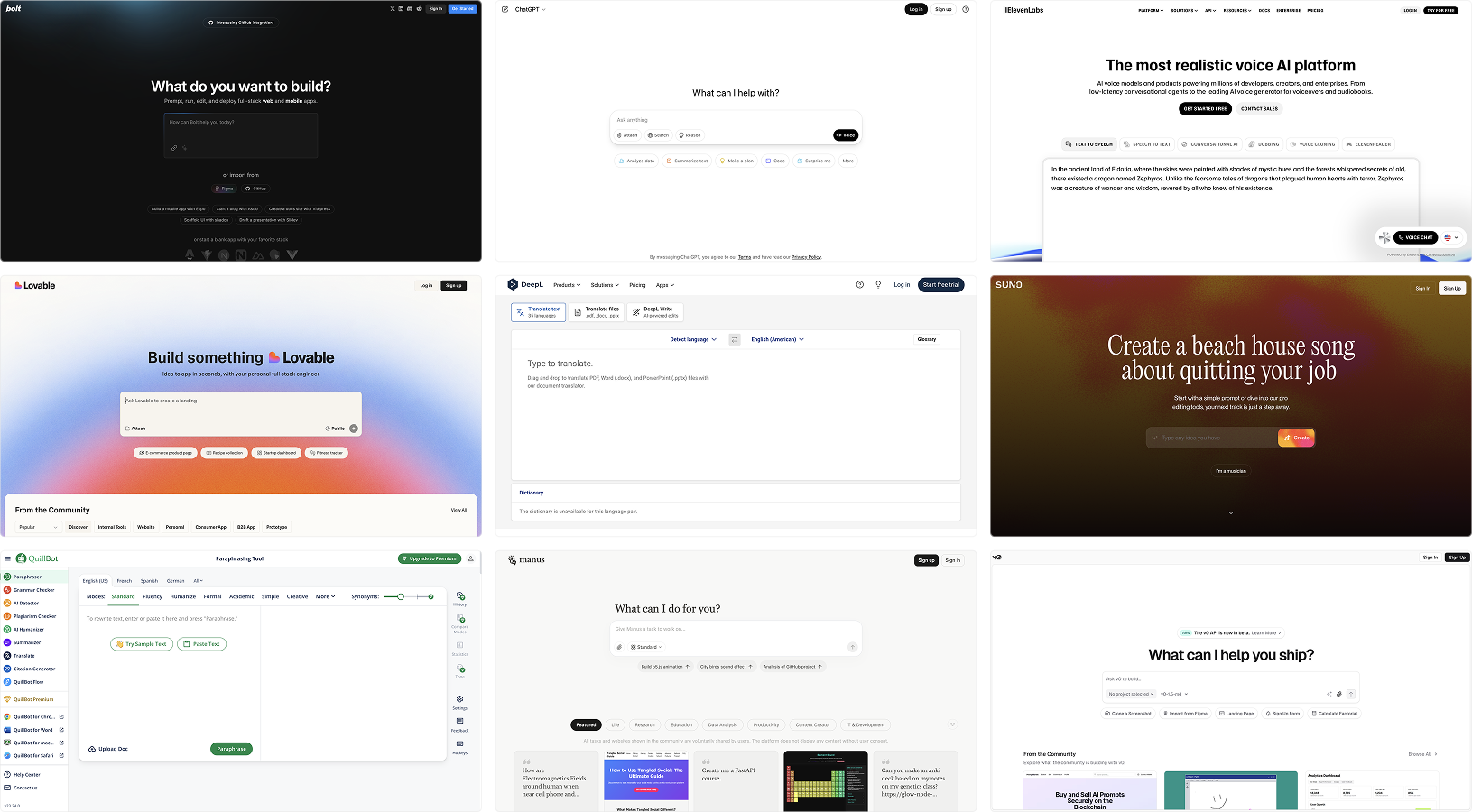
What is value-first PLG?
Value-first product-led growth is not a trend – it’s a structural change in how SaaS businesses acquire and activate users.
In this model, the website becomes the product. Visitors land on a homepage and can immediately use core features: generate text, build interfaces, create AI images, or get voice outputs — all without signing up.
There’s no sales call, no trial form, no “Get Started” paywall. Users experience the “aha moment” in seconds.
As OpenView puts it: “Let prospective users immediately try out the product — no sign-up required — and then ask for an email address only if users want to save their progress.”
This model is especially effective in AI SaaS, where the value of the product is instant, visual, and undeniable.
Traditional PLG vs. value-first PLG
Let’s break down how the value-first approach compares to traditional PLG across key funnel stages:
What makes this model so powerful is how it reshapes user intent:
1. Visitors interact with the product at first contact, not later.
2. Those who sign up have already seen what the product does.
3. Paid conversion becomes easier because the product has already educated the user.
Why value-first works well for AI SaaS?
Value-first PLG is especially effective in AI because the output speaks for itself.
Unlike traditional SaaS tools, which often require onboarding, data input, and setup – most AI products can show value instantly. A user types a prompt, and within seconds, they see the result. That’s the “aha moment.” And that’s what sells the product.
This model removes friction at exactly the right time: when user curiosity is highest.
The user doesn’t want to sign up or get a demo. They want to see what it does. And if it works, they’ll stay.
Some examples:
1. ElevenLabs lets users paste text and hear a synthesized AI voice in ~2 seconds.
2. Perplexity AI allows users to ask any question and get an answer instantly, without login.
3. Bolt.new lets users build a full working app with frontend + backend within a minute — directly from the homepage.
There’s no need to explain value. The experience is the value.
And in AI, where trust and wow-factor matter most, this instant exposure can convert a curious visitor into an engaged user in seconds.
Here are successful examples we’re basing this case study on:
1. ChatGPT: Opening the doors of value-first funnels
When OpenAI launched ChatGPT in November 2022, it didn’t use marketing, lead capture, or sales enablement.
It used the product.
It was a frictionless, direct interface designed to deliver value in seconds – and that made it one of the most successful product-led funnels in history.
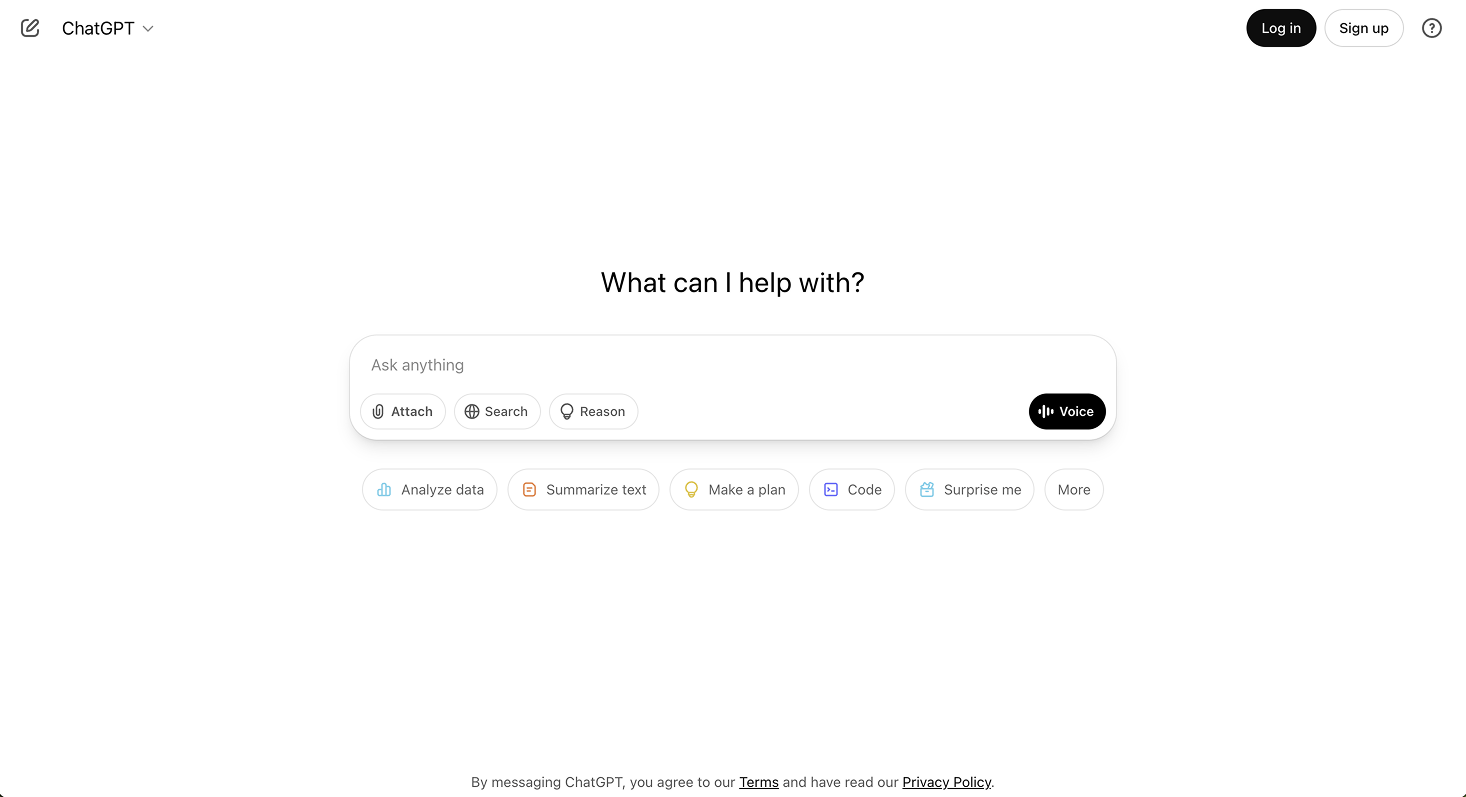
"width: 100%; border-collapse: collapse; font-family: sans-serif; text-align: left;">
thead>
tr style="background-color: #f2f2f2;">
th style="padding: 12px; border: 1px solid #ddd;">Traditional SaaS Funnelth>
th style="padding: 12px; border: 1px solid #ddd;">ChatGPT Funnelth>
tr>
thead>
tbody>
tr>
td style="padding: 12px; border: 1px solid #ddd;">Awareness → Signup → Usetd>
td style="padding: 12px; border: 1px solid #ddd;">Use → Habit → Signup (if needed)td>
tr>
tr style="background-color: #f9f9f9;">
td style="padding: 12px; border: 1px solid #ddd;">CTA-based conversiontd>
td style="padding: 12px; border: 1px solid #ddd;">Output-based conversiontd>
tr>
tr>
td style="padding: 12px; border: 1px solid #ddd;">Feature pages + explainertd>
td style="padding: 12px; border: 1px solid #ddd;">Direct utility looptd>
tr>
tr style="background-color: #f9f9f9;">
td style="padding: 12px; border: 1px solid #ddd;">Trial period → sales touchtd>
td style="padding: 12px; border: 1px solid #ddd;">Free usage → optional upgradetd>
tr>
tbody>
The homepage was the product. No demo. No trial form. Just a chatbox and a blinking cursor – asking one thing:
“What do you want to do?”
This single-action flow lowered cognitive load and delivered value before asking for commitment.
Instant Time-to-Value
ChatGPT had one of the fastest time-to-value curves in product history:
1. Users asked a question and received a fluent, useful answer within 2–5 seconds
2. This speed reinforced confidence in both the tool and the experience
3. That interaction was inherently satisfying — and made the tool sticky from first use
It wasn’t just the intelligence of the model – it was how accessible that intelligence was that fueled the funnel.
Built-in Virality
Every user interaction had viral potential:
– Screenshots of funny or useful answers spread across Twitter, Reddit, LinkedIn
– Productized uses (e.g., writing cover letters, debugging) became viral prompts themselves
– Media and word-of-mouth covered use cases far more than any feature list could have
Because the product itself delivered value that could be shown, it became its own top-of-funnel engine.
No ads. No influencers. Just results worth sharing.
Habit → Conversion
Students returned to study and write, marketers returned to draft and ideate, developers returned to debug and refactor.
This repeat utility created self-qualified conversion:
- OpenAI launched ChatGPT Plus ($20/month) only after users were already hooked
- The upsell was framed as speed + GPT-4 access — not access to functionality
- Power users opted in because they’d already proven the value to themselves
This is a textbook value-first monetization move: Only charge after value has become habitual.
How ChatGPT grew?
Bolt.new
Bolt is an AI platform that lets users build full-stack applications just by describing what they want.
You land on the homepage. No login. No onboarding. Just a prompt:
“What do you want to build?”

You type your idea, and Bolt generates frontend, backend, database, and deployment flows in real time.
1. Reached $20M ARR in 2 months
2. Onboarded 100,000 users in the first month
Lovable.so
Lovable takes a similar approach. It’s an AI brand generator that builds pitch decks, websites, and visual identity – from a single input.
1. Users describe their startup idea
2. Lovable generates brand assets, decks, landing pages instantly
3. No signup required to try
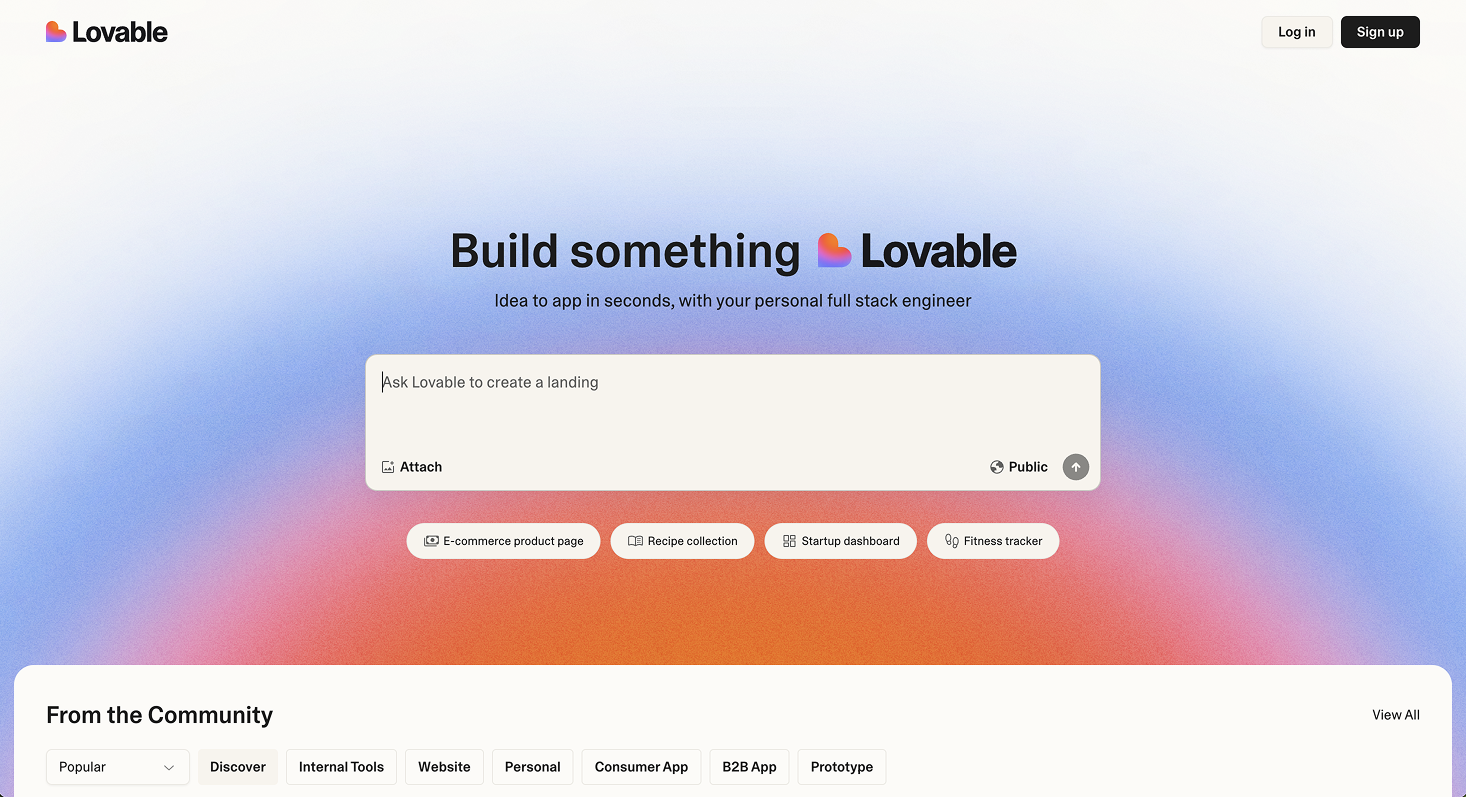
– The company reached $17 million ARR by February 2025, just three months after launch
– Reached $50 million in annual recurring revenue (ARR) by April 2025, up from $7 million at the end of 2024 (2,816% YoY growth rate).
Perplexity AI
Perplexity didn’t just build an AI-powered search bar – it reimagined what search itself should feel like.
When a user lands on perplexity.ai, there’s:
- No pop-up
- No login wall
- No onboarding flow
Just a single prompt:
“Ask anything.”
You type a question. Perplexity responds instantly, with sourced citations and a clean UX that feels faster and more transparent than Google.
That’s it. And that simplicity changed everything. Users immediately understand what the tool does – because they just used it.
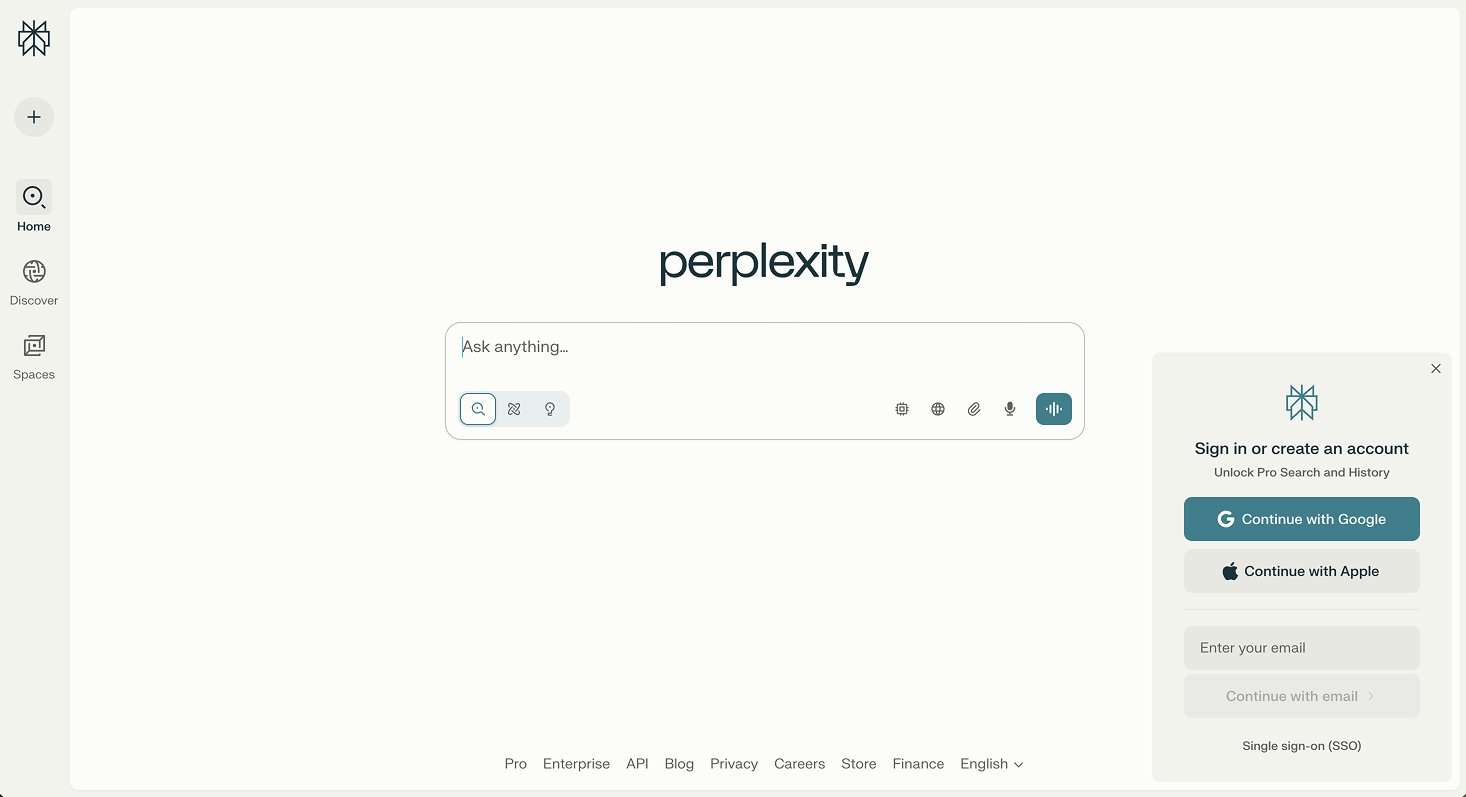
ElevenLabs
ElevenLabs is one of the clearest examples of value-first product-led growth in AI.
The homepage gives users a single invitation:
“Paste your text. Hear it spoken out loud.”
No sign-up. No verification. No plan selection. Just play the voice and decide if it’s good enough to keep using.
And that one moment — hearing your own words spoken back with clarity, pacing, and emotional nuance — is the entire sales pitch.
That experience leads to:
- A strong “wow” factor
- Instant credibility in quality
- Emotional connection to the product
By removing friction entirely, ElevenLabs unlocked scale:
- 👥 Over 10 million users
- 🔊 More than 100 million voice generations
- 💰 ARR estimated between $50M–$90M
- 💡 Used by creators, educators, brands, and localization teams globally
But it didn’t stop there. The company built virality into the product itself:
- Users share celebrity voices or demo narrations,
- Creators upload YouTube scripts or podcast intros,
- Listeners engage and reshare, turning each clip into free distribution.
Other PLG 2.0 companies worth mentioning:
QuillBot
AI-powered writing assistant offering paraphrasing, grammar checking, summarization, and more, widely used by students, professionals, and content creators.
Userbase & Revenue: Estimated 56 million monthly active users; estimated annual revenue around $36 million (2025).
Investments: Raised approximately $4.2 million in seed funding by 2021; acquired by Course Hero in 2021 (exact terms undisclosed).
Employees: About 240 (2025).
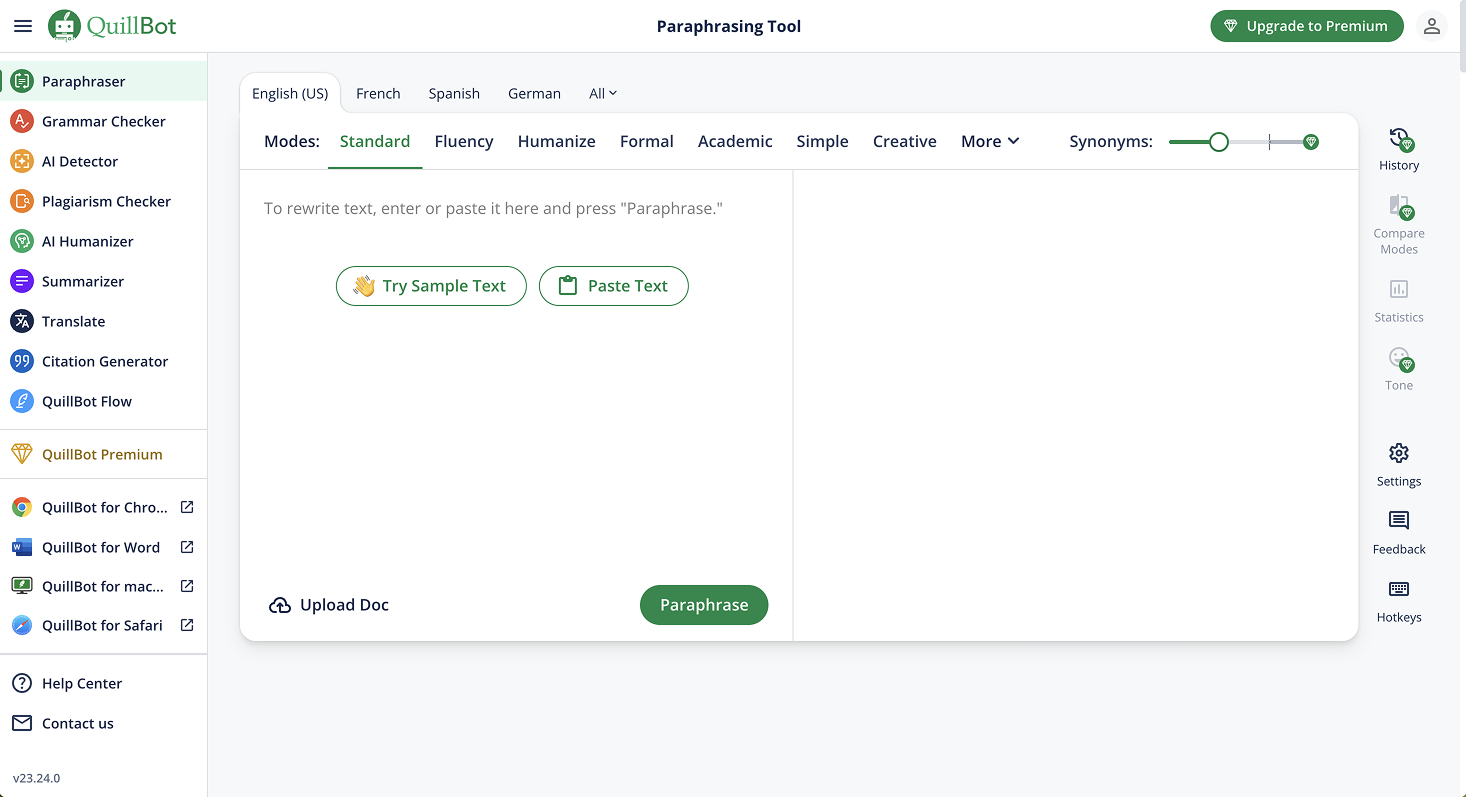
DeepL
Leading AI-powered translation platform known for high accuracy and nuance, serving millions of users and thousands of enterprises worldwide.
Userbase & Revenue: Millions of free users; 100,000+ business/government customers; revenue and valuation details not fully public but raised $300 million at $2 billion valuation in 2024.
Investments: Major funding rounds include $300 million in 2024; backed by Index Ventures, ICONIQ Growth, and others.
Valuation: Around $2 billion as of 2024.
Employees: Approximately 1,000 (2024).

Mistral
French AI startup focusing on open-weight large language models and open-source AI research, aiming to compete with major AI players.
Investments: Raised $113 million in seed funding in 2023, one of the largest seed rounds in Europe.
Valuation: Estimated over $1 billion post-seed.
Employees: Dozens, rapidly growing since 2023 launch.
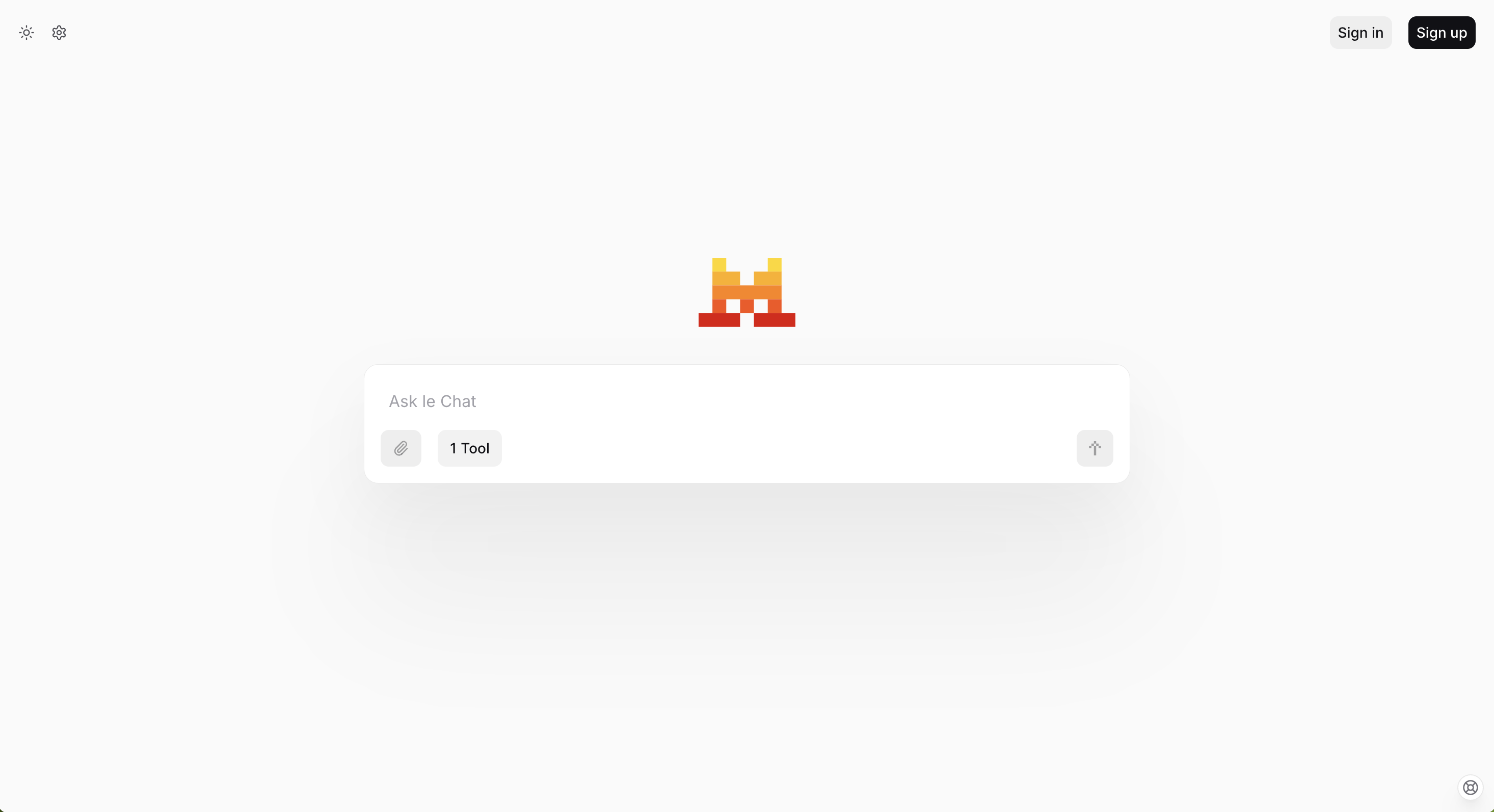
v0 (by Vercel)
AI-first platform enabling developers to build and deploy AI-powered applications with minimal infrastructure overhead.
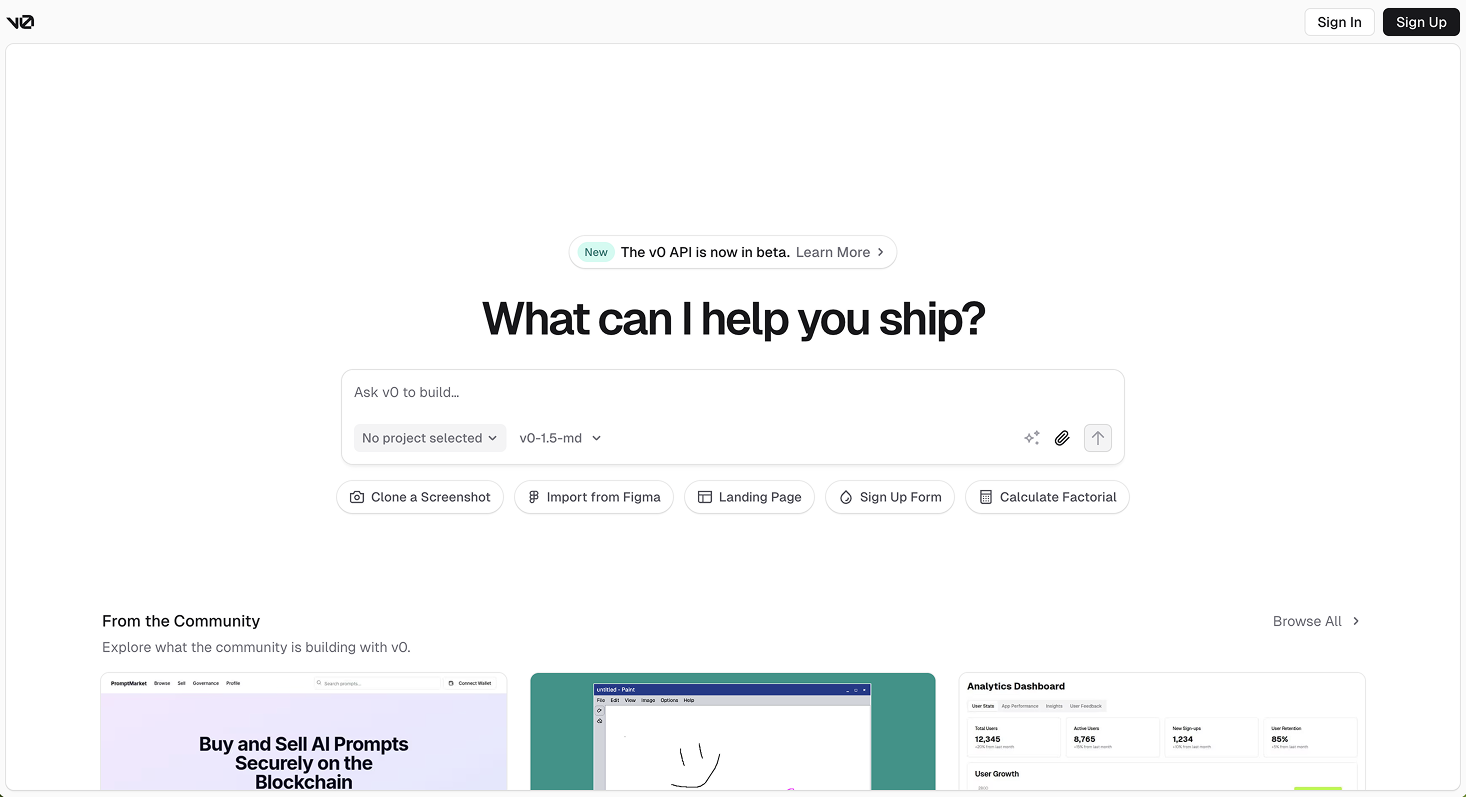
Manus AI
Launched in early 2025 by Chinese startup Monica, Manus AI is a fully autonomous AI agent designed to independently plan, execute, and deliver complex multi-step tasks with minimal human input. It integrates seamlessly with external tools (web browsers, code editors, databases) via APIs and supports multi-modal data (text, images, code). Manus AI continuously learns and adapts to user needs, excelling in business automation, content creation, and data analysis across industries. It has achieved state-of-the-art performance on the GAIA benchmark.
Userbase & Revenue: Early-stage with invitation-only access; no public user or revenue figures yet. Rapidly gaining attention in China and globally.
Investments: Backed by Monica.im; specific funding details not publicly disclosed. Strategic partnership with Alibaba’s Qwen AI models.
Valuation: Not publicly disclosed; considered a major breakthrough in autonomous AI agents.
Employees: Small, rapidly growing team based in Wuhan and Beijing.
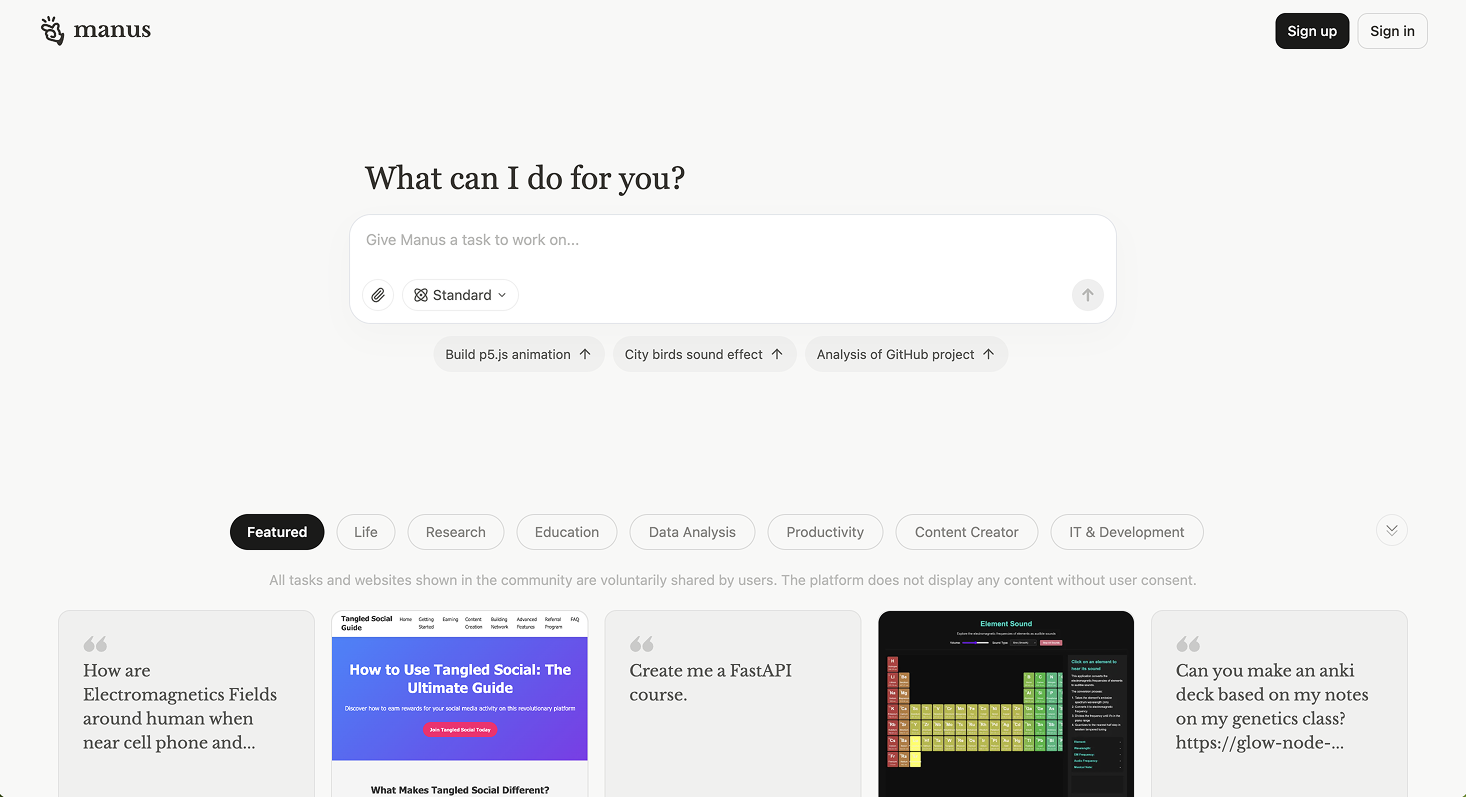
Suno
AI startup specializing in generative audio and music synthesis, offering tools for creators to generate high-quality soundscapes and music.
Userbase & Revenue: Early traction with growing user interest; no public revenue data.
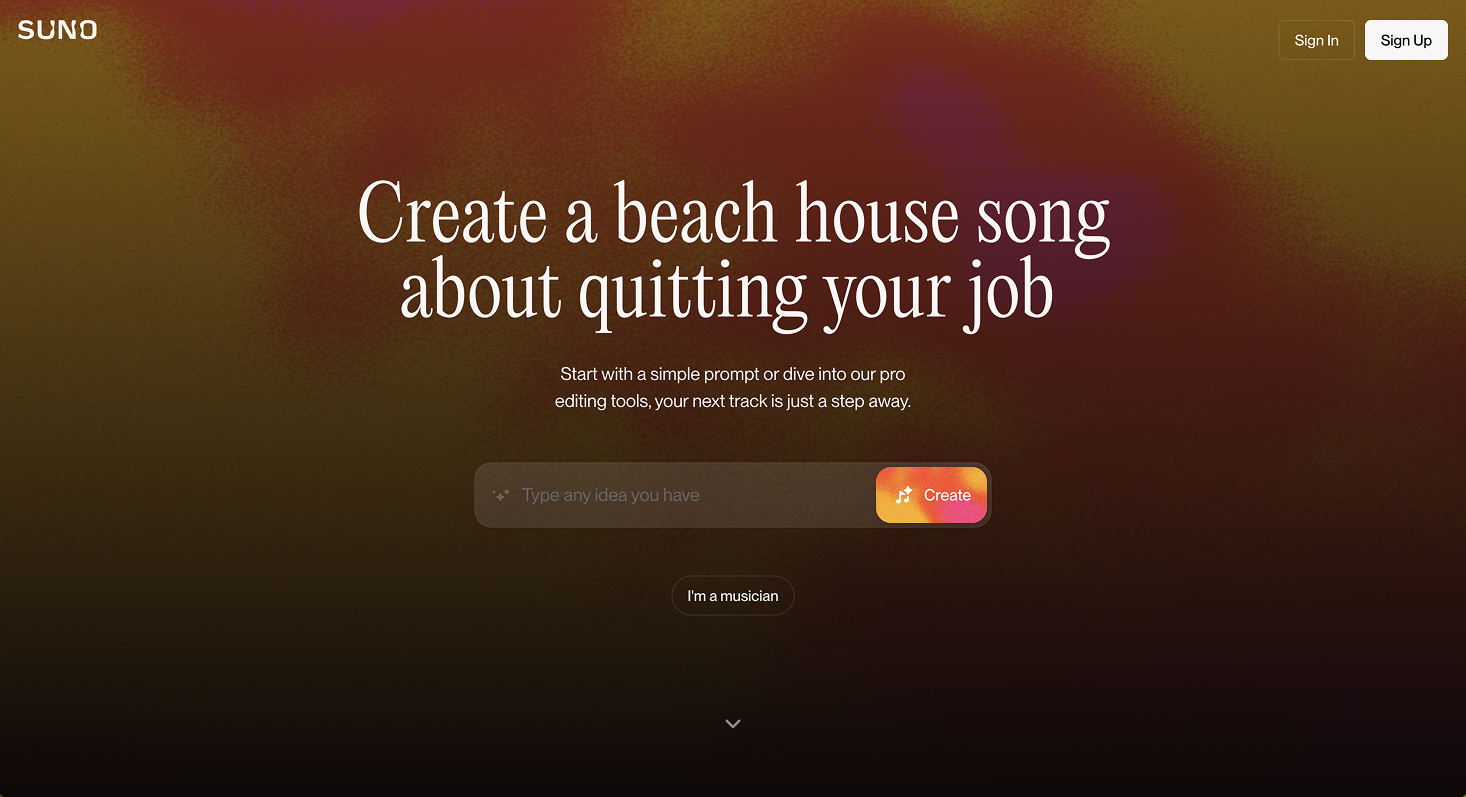
Galileo AI (Acquired)
AI-powered design assistant platform enabling rapid prototyping and design automation.
Userbase & Revenue: Early-stage with growing adoption; no public revenue figures.
Investments: Raised seed funding; acquired by a larger player (details undisclosed).
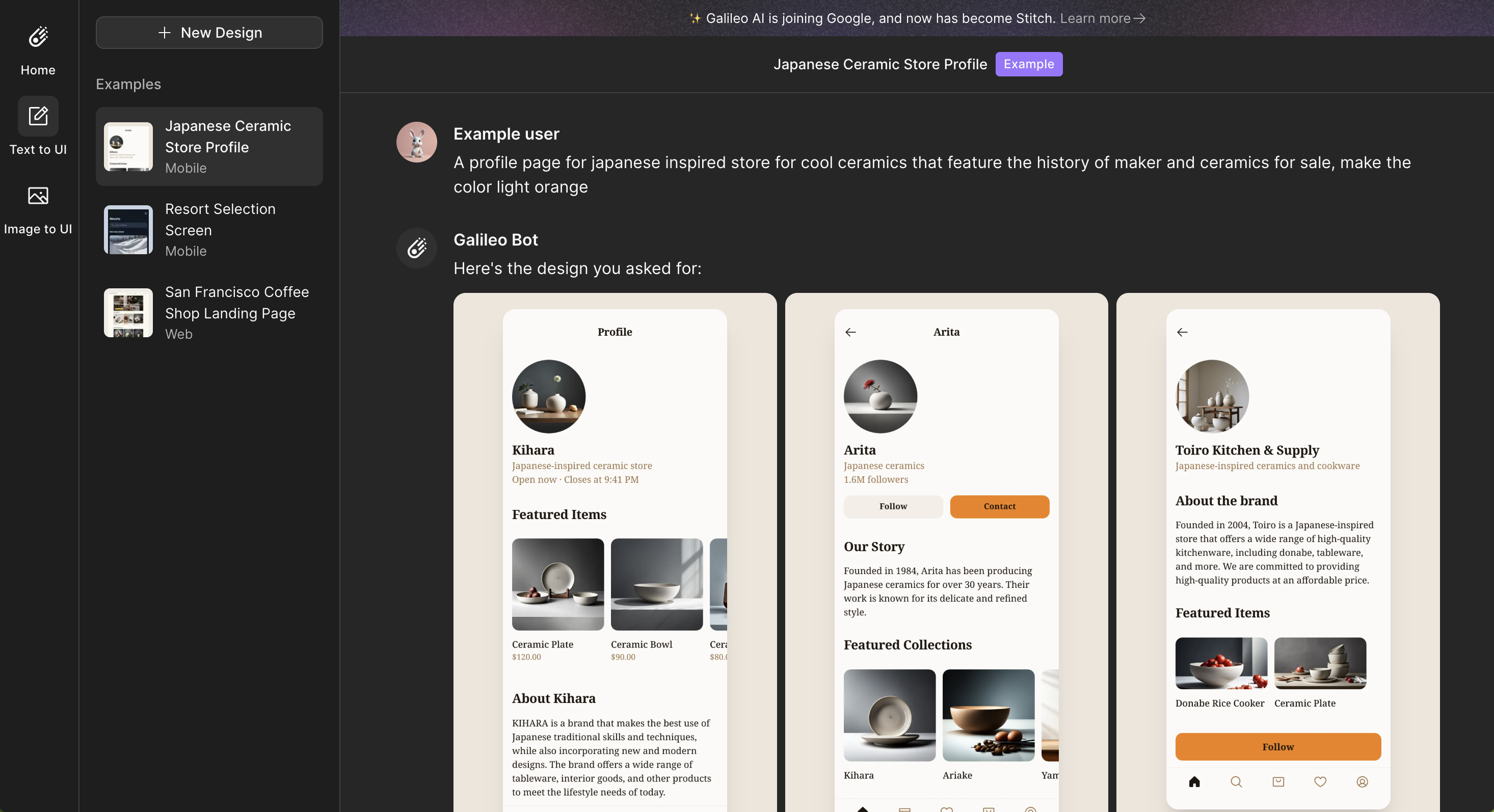
Common Patterns Across Value-First AI SaaS
When we analyze how companies like Bolt.new, Perplexity, ElevenLabs, Lovable, DeepL, and QuillBot structured their user journeys, the same patterns emerge:
1. The homepage is the product
2. The “aha moment” happens in under 10 seconds
3. Signup is optional — and usually comes after value is shown
4. Utility leads to habit, which leads to retention
5. Virality is built into the experience, not bolted on later
They don’t sell with copy. They sell with usage.
And their websites don’t look like traditional SaaS landing pages.
There are no:
- Explainer videos,
- Hero CTAs,
- Pricing tables above the fold.
Instead, you’ll find:
- A prompt,
- An action,
- A result.
That’s it.
These companies structured their websites and growth engines around the shortest possible path to value (TTV) – not around marketing copy, not gated flows, and definitely not “book a demo” buttons.
It’s marketing through experience, and the SaaS funnel is being rewritten in real time.
In a world where AI products can demonstrate value in seconds, the old model – with gated trials, onboarding forms, and lead nurturing – is rapidly losing relevance, and in a direct corellation – market share.
Why value-first PLG makes sense now?
The rise of value-first product-led growth is not coincidental. It is a logical response to evolving user behavior, increased competition, economic pressure, and changes in technology adoption patterns.
Here’s why this shift makes sense today — and why companies embracing value-first models are scaling faster than ever:
1. Product activation is the bottleneck
One of the most persistent challenges in SaaS businesses is activating users inside the product.
According to OpenView’s 2023 Product Benchmarks report, only about 30–40% of free trial users typically reach an activation point (defined as experiencing the core value proposition). Traditional SaaS funnels require users to sign up, complete onboarding flows, and explore complex dashboards — all before they see real utility.
The value-first model flips this on its head. Instead of gating the product behind sign-up walls, companies place usable features directly on the homepage. Visitors start going through product-value-utility curve before committing.
In a value-first model, the homepage is the first activation event.
This radically increases the probability that users will engage, activate, and eventually retain.
2. Trial-to-paid conversion improves with pre-signup education
Users who don’t fully understand how to use a product are far less likely to convert. Research from Reforge shows that educated trial users are 3–5x more likely to become paying customers compared to casual signups.
Traditional freemium models often suffer from low engagement: users sign up but churn before reaching a meaningful outcome. In contrast, value-first funnels allow users to interact with core functionality before creating an account, building implicit education into the top of the funnel.
By letting users experience the product upfront, value-first funnels:
- Educate users passively,
- Let them self-qualify,
- And convert only those who have already seen meaningful value.
This compresses the conversion funnel — from curiosity to activation to payment — without expensive sales motions.
3. Shrinking Attention Spans + Rising Data Caution
Modern users are more impatient and more cautious with their data than ever before.
According to a 2024 Microsoft study, the average digital attention span has declined to 8 seconds – shorter than a goldfish. Concurrently, Deloitte’s 2023 Privacy Survey found that 57% of users are reluctant to provide personal information to new services due to data privacy concerns.
When a website demands a multi-step sign-up before delivering any value, it introduces friction at exactly the wrong time. Increasingly, users abandon such flows before ever experiencing the product.
Value-first funnels reduce that friction entirely. Users can engage, interact, and experience outcomes without surrendering personal data — aligning product experience with modern expectations for speed and privacy.
Value-first funnels remove these barriers:
- No signup walls.
- No paywalls at the first interaction.
- Immediate value reduces drop-off and respects user caution.
4. Capital Scarcity and Rising CAC Pressures
In the macroeconomic environment post-2022, the cost of capital has risen sharply. Global venture funding dropped 35% year-over-year from 2022 to 2023 according to Crunchbase, and startups face tougher scrutiny on burn rates and profitability.
At the same time, customer acquisition costs (CAC) are soaring. Meta’s average ad CPM rose 23% year-over-year, and Google search ad prices are at all-time highs. Paid acquisition, once a reliable growth lever, has become increasingly unsustainable.
In this climate, SaaS companies need to:
- Convert more of their existing traffic (better funnel efficiency),
- Reduce acquisition friction,
- Shorten payback periods.
By front-loading value and increasing website-to-activated-user conversion rates, value-first funnels deliver precisely the kind of capital-efficient growth today’s market demands.
5. Competition, Commoditization, and the Speed-to-Value Race
In the AI SaaS sector alone, over 10,000 new companies were founded in 2023 (according to Stanford’s AI Index 2024 Report).
Feature sets are converging rapidly. Differentiation no longer comes from what a product can do — but how quickly it can deliver that value to the user.
In a saturated market, user patience is thin. If one AI tool can deliver a result in 10 seconds, and another requires a 10-minute onboarding, the choice is obvious.
Speed-to-value is no longer a UX luxury; it is a competitive necessity.
“Your best feature is how fast you can get a user to their first success.”
— Andrew Chen, General Partner at a16z
Value-first funnels are built precisely to optimize this: delivering usable outcomes in seconds, not minutes — often on the very first page load.
Delivering value first before asking for sign-up, commitment, or payment aligns perfectly with these constraints.
In short, in 2025, the fastest product wins – not just the best product.
Nguồn: omnius.so
